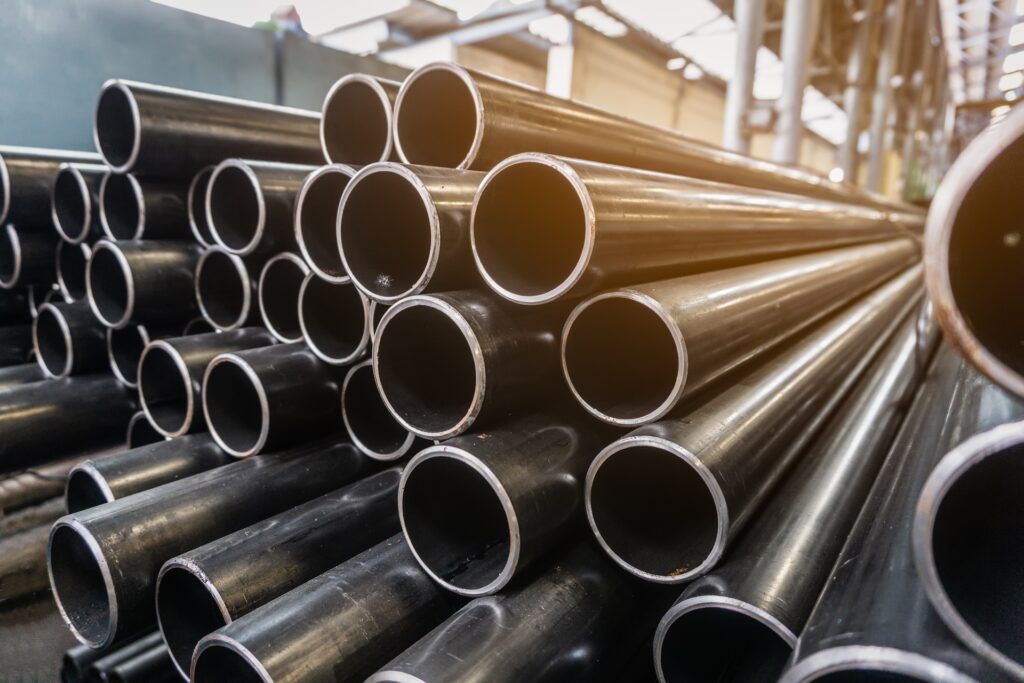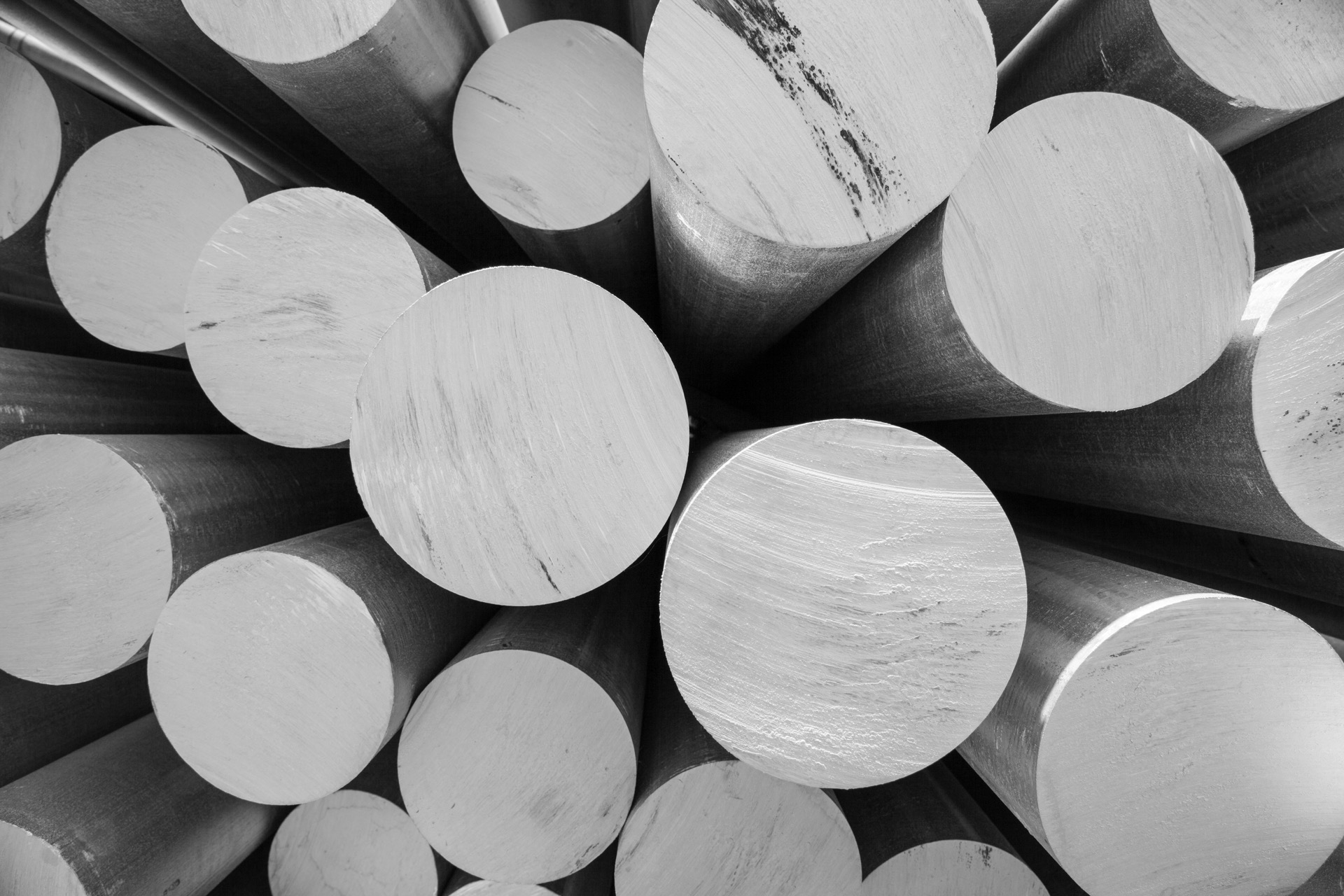Whether you’re using it to bake food or create the frame of an aircraft, aluminum is one of the most versatile metals used today. It has one of the best strength-to-weight ratios of any other metal and is endlessly recyclable—making its environmental impact minimal. However, although aluminum may be strong, it can be made stronger for even more uses.
Below, we discuss 3 ways you can make aluminum stronger.
How to Make Aluminum Stronger: Alloy It With Another Metal
Alloying metals is one of the most common ways to improve an initial metal’s properties and the same holds true for aluminum. Most aluminum alloys are also one-third the weight of steel which is amazing because these alloys can come close to rivalling the strength of steel, one of the strongest materials in the world.
Commonly, aluminum is alloyed with the following elements:
- Magnesium
- Manganese
- Zinc
- Molybdenum
- Copper
Although alloying aluminum with any one of the above elements produces its own benefits, an aluminum-zinc alloy is the strongest.
However, alloying metals together can alter the final alloy’s properties in various ways. The density, weight, corrosion resistance, workability, and other factors can all be affected in the alloying process. This can produce both positive and negative results which is why some alloys are still better than others depending on how they’re used.
To find out what aluminum is alloyed with when looking for it to purchase, a 4-digit numbering system on each product is used to identify it.
The aluminum product series that’s labelled with ‘2xxx’ are principally alloyed with copper, ‘6xxx’ contains both silicon and magnesium, and finally the ‘7xxx’ series has zinc—the alloy combination with the greatest strength.
Using Heat Treatment to Make Aluminum Stronger
Aluminum can also be strengthened using heat. While it doesn’t work on all types of aluminum it does work alloys that are precipitation hardenable. These include the ones we mentioned above—the 2xxx, 6xxx, 7xxx, and also the 8xxx series (which contains other elements than the ones we mentioned before).
There are two main types of heat treatment that can strengthen aluminum: precipitation hardening and annealing.
How Precipitation Hardening Improves the Strength of Aluminum
Precipitation hardening will actually alter a metal’s structural atomic composition (an in the case of aluminum, improve its strength). The process uses changes in solid solubility paired with heat and generating fine particles during an impurity phase within the metal’s atomic crystalline lattice. In order for this precipitation to occur aluminum must be heated for several hours.
The part in this process is called “natural ageing” unless it’s combined with a solution in which case it’s called “STA.”
Annealing Can Make Aluminum Stronger
Annealing is the process of heating previously work-hardened aluminum between 570°F and 770°F for anywhere from thirty minutes to three hours. The exact settings depend on specific alloy types and how large the piece of aluminum is.
One of the biggest benefits of annealing is that it can come very close to restoring the original grain structure of the metal. Because of this, the annealed metal can be shaped without using an excessive amount of force.
This process in general is an excellent choice for metals that have undergone strain hardening—a kind of plastic deformation that leads to an alteration to the grain structure.
How Work Hardening Can Strengthen Aluminum
Work hardening or “strain hardening” can also be used to strengthen aluminum. This process involves shaping the metal at a temperature that is below its recrystallization temperature, which is normally room temperature. The actual process can involve forging, bending, drawing, or rolling the aluminum.
Cold working the metal will generally lead to an increase in the hardness, yield strength and tensile strength.
Generally, the process works by using plastic deforming. This leads to dislocations in the grain structure. Broadly speaking, the more dislocations there are, the harder it is to create more dislocations, so work hardening is a way of boosting the overall strength of the aluminum.
Aluminum is a highly versatile material, and that versatility only increases when aluminum is strengthened. The aforementioned methods are excellent means of doing that to help you produce even higher quality work through your use of aluminum.


